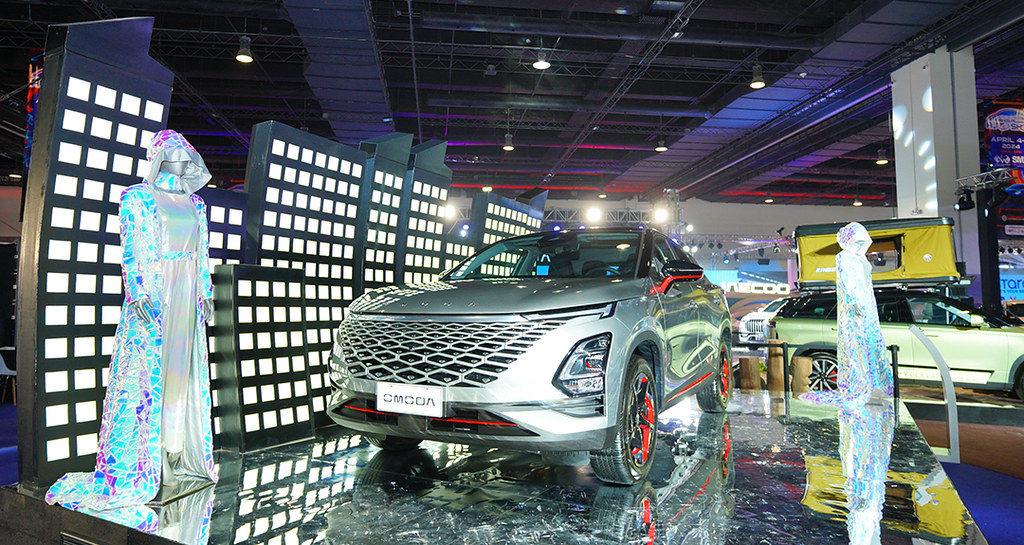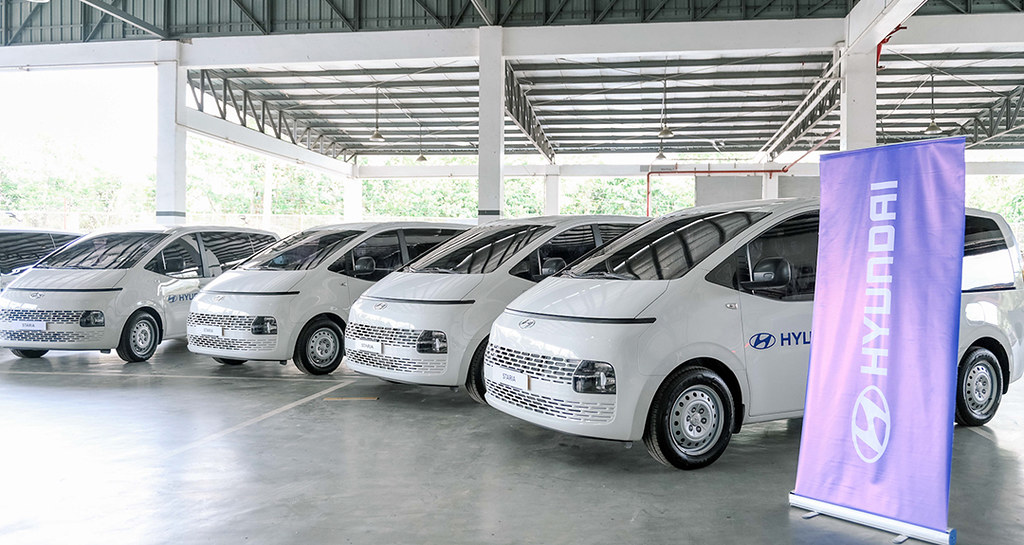Understandably, the excitement over the unveiling of the Rush, Toyota’s entry-level SUV in the country, is almost palpable—matching the anticipation that commenced in February after Toyota Motor Philippines Corporation (TMP) announced the vehicle’s imminent arrival here.
Our SUV/crossover-crazy populace is not unique of course, as the genre has been a worldwide hit. But the Rush has the added allure of affordability (to go along with the Toyota badge) that has prospects swooning—or at least itching—to get their hands behind the wheel. The manual-transmission E goes for P948,000, while the A/T E is priced at P988,000. The top G variant (only available on A/T) breaches the million-peso mark but by only P70,000.
There are high expectations for TMP’s sixth SUV/crossover product in the country (in addition to the Land Cruiser, Prado, RAV 4, Fortuner, and FJ Cruiser). This is understandable, given that it was the Fortuner (not the Vios), which proved to be Toyota’s bestselling nameplate last year.
The day before we flew to Balesin for Toyota’s annual Road Trek, we had extended stints behind the wheel of the new mover. From Manila to Pampanga, Bataan, and Tarlac, we drove (or rode as passengers) aboard the five-seater E variant—getting a chance to savor both the manual and automatic transmissions.
As the Rush shares a platform with the Avanza MPV, the inevitable question is: What makes it an SUV? Toyota points to qualities that need to be noted: high ground clearance of 220 millimeters, generous approach and departure angles (31 degrees and 26 degrees, respectively), and an elevated driving position. While we’re at it, the Rush is longer (4,435mm compared to the Avanza at 4,190mm), wider (1,695mm vs. 1,660mm), and taller (1,695mm vs. 1,685mm).
TMP President Satoru Suzuki’s speech at the official Rush launch said the vehicle should appeal “mainly to city dwellers,” and I feel this is where the vehicle will thrive best. Its thrifty engine will be a boon in short journeys mired in stop-and-go traffic, while the SUV qualities should serve its driver in good stead when confronted by unfriendly terrain and other urban obstacles.
Its rear and front fascia call to mind the Fortuner’s, while nixing the tall and slender profile of the Avanza. A sculpted, muscular hood atop the chrome grill helps to give the Rush a more aggressive, sporty physique. The same goes for the character lines on its side. Black plastic skirting, which extends to the wheel wells, helps to visually emphasize ground clearance.
The windows are large and finish with a sharp kink before the D-pillar. In concert with a protruded lip on the rear tailgate, they complete a proper SUV look on the Rush.
Driving in the city, the vehicle proves sufficiently poised and efficient. I particularly enjoyed the elevated seating position that provides a commanding view of the road. A four-speed automatic transmission gives expression to the engine’s potential, and drives the vehicle’s rear wheels satisfactorily if you pull daddy/mommy duty or even a trip to do the groceries.
On the highway though, don’t expect the Fortuner. While NVH (noise, vibration, and harshness) is reasonable, the engine seems to labor to bring a passenger- and cargo-laden Rush to speed. You have to get a bit high on the rpm band (3,000 and above) before being rewarded with a kick. The five-speed stick shift may be more suited to your purposes if you crave more pep. Don’t get me wrong; though; the four-cylinder, 16-valve, DOHC, chain-driven dual VVT-i 1.5-liter provides ample grunt (102hp at 6,000rpm and 134Nm at 4,200rpm). Just manage your expectations. Don’t look for unreasonably sprightly performance or quick acceleration.
Riding in the second row, I found the Rush a comfortable ride even at speed. Amid the summer swelter, the overhead A/C ducts (with controls) provided welcome relief. The two-tone interiors imbue a premium feel, even if there is generous use of plastic materials. Also, the “entry-level SUV” tag may be a disservice to the Rush because “entry-level” doesn’t usually entail accoutrements like six SRS airbags, ABS with EBD, traction control, Hill Start Assist, and a push start/stop button. Oh, and 13 (count ‘em) cupholders.
We also drove the Rush on the unpaved yet beautiful environs of Balesin, and it certainly didn’t look out of place in that exclusive, upper-crust getaway.
So, yes, I can imagine the Rush appealing to a demographic that appreciates the undoubtedly solid reputation of Toyota expressed in a vehicle that ticks all the right boxes (and more) demanded of a vehicle in this segment and, perhaps more importantly, this price point.
Photos by Kap Maceda Aguila















